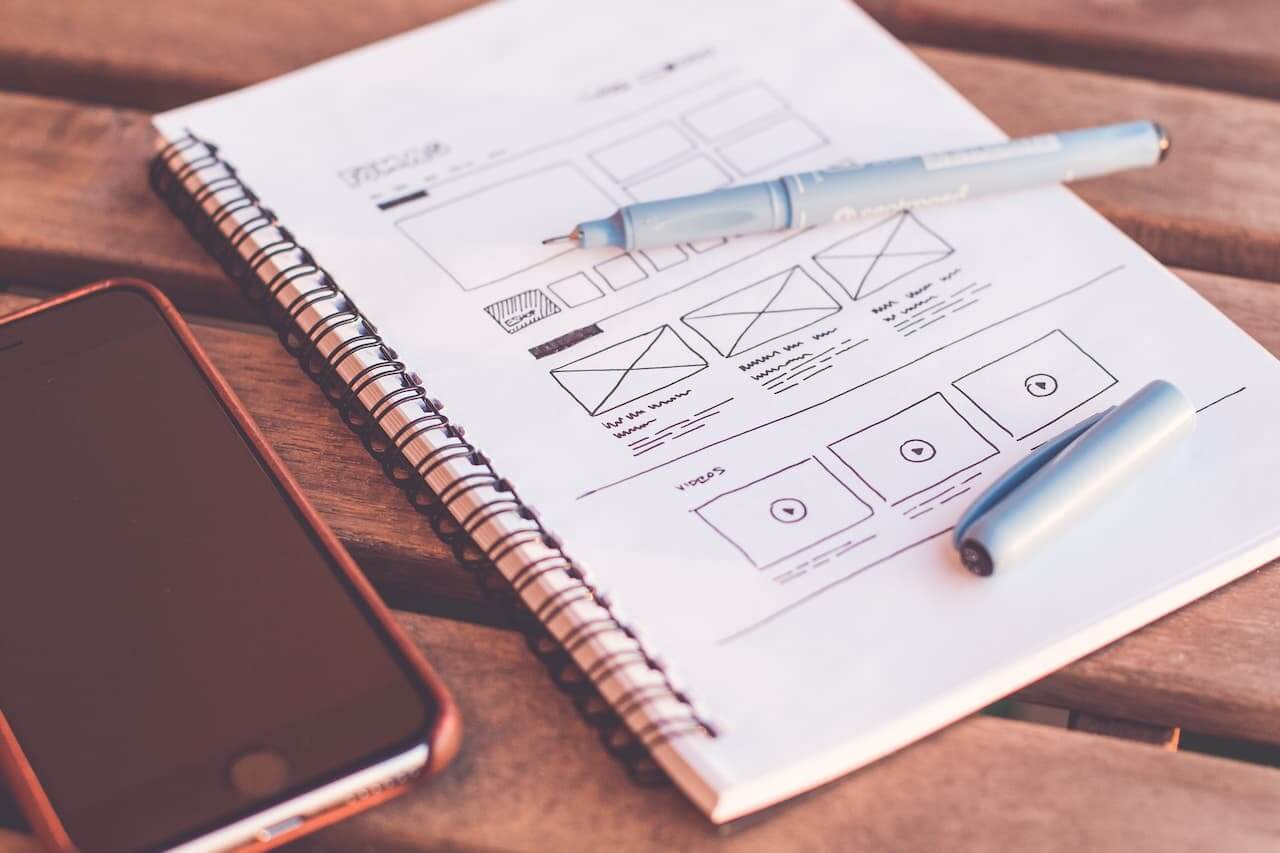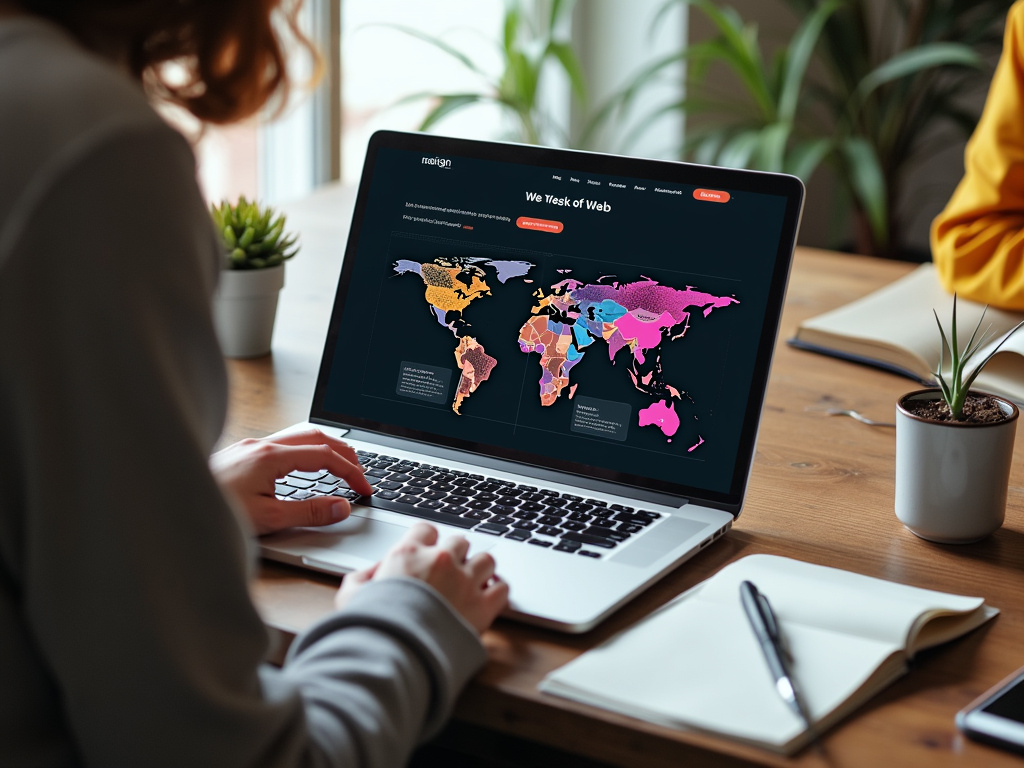Your overall website design can make all the difference in how your customers perceive your brand. When it comes to the design process, there are two main factors to take into consideration: aesthetics and usability.
When it comes to web design, aesthetics focuses on how your site looks, while usability is all about making it easy for visitors to understand and navigate. A successful website should not only be visually appealing but also user-friendly.
Usability plays a critical role in enhancing the user experience by ensuring intuitive navigation, clear content presentation, and accessibility features. By prioritizing usability, web designers can help visitors find information effortlessly, interact seamlessly with the site, and ultimately have a positive overall experience.
Balancing aesthetics and usability is key to creating an effective website. While aesthetics attract users and contribute to the visual appeal, usability ensures that visitors can engage with the content and functionalities without difficulty. By striking a balance between these aspects, designers can improve user satisfaction and maximize the website’s effectiveness in achieving its goals.
Therefore, it is essential for web designers to consider both aesthetics and usability in their design process to deliver websites that not only look good but also provide a user-friendly experience.
These are some very important questions to ask yourself before you undertake a new website project or refresh your existing site.
What Is Website Design?
Website design is the process of creating a website’s visual design, including graphics, images and text. A web designer will typically have formal training in art and graphic design and an understanding of the principles of usability for the web.
Aesthetics and User Experience
You have probably heard the term “user experience” or UX tossed around more often in recent years.
As the Internet has become a more integral part of our lives, companies are realizing that the quality of their website can make or break their business. If your site is aesthetically pleasing and easy to navigate, you’re much more likely to get a return visitor and new customer.
The average human spends about 90% of their time looking at visuals, so it’s important for your site to look good. Aesthetics are also important because it can show customers how dedicated you are to your business.
Best Web Design Practices
When beginning a new design process, one of the first questions to ask yourself is, “What are my goals?“
All too often we start a website design project without really knowing what the goals or objectives are. This can result in an ineffective site that may not be meeting your business needs. When you know what your goals are for your website, you can decide what features and designs will help you reach them.
If you’re looking for some ideas on how to create a web design with good aesthetic and UX, try these best practices:
- Keep it simple
- Use contrasting colors (we like about 3-4 in our palette)
- Keep content scannable for your readers
- Avoid clutter
- Use visual hierarchy
- Design for mobile
Tips to Refresh Your Website Design
If you’re considering a revamp of your website, ask yourself the following questions to ensure your new design is not just visually appealing but also effective in achieving your goals:
- Purpose Clarity: Have a clear understanding of the purpose of your website. Define what you want to achieve with it and tailor your design to support this objective.
- Message Crafting: What message do you aim to convey through your website? Ensure that your design elements reflect and amplify this message cohesively.
- Call-to-Action Placement: Identify the key actions you want visitors to take on your site. Strategically place call-to-action buttons or links to guide users towards these desired actions.
- Highlighting Benefits: Showcase the benefits of your products or services prominently on the website. Use compelling visuals and persuasive copy to communicate value effectively.
- Logo Integration: Explore creative ways to incorporate your logo into the overall design scheme of your website. Consistent branding reinforces brand identity and boosts brand recall.
- Navigation Ease: Prioritize user experience by ensuring that your site is easy to navigate and understand. Intuitive navigation enhances usability and encourages visitors to explore further.
- Aesthetic Appeal: Pay attention to the visual aesthetics of your website. Create a harmonious balance in color schemes, fonts, and graphics for a visually pleasing experience.
- Visual-Textual Balance: Strike a balance between images and text on each page. Visuals should complement textual content, enhancing overall engagement and readability for visitors.
By addressing these key aspects in your website redesign process, you can create an engaging, user-friendly, and visually appealing online presence that effectively communicates your brand message and drives desired actions from visitors.
Photo by picjumbo.com from Pexels






